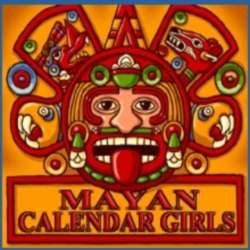
MENU
|
TERMS AND CONCEPTS
OF THE TZOLKIN CALENDAR
|

Miss December, Last Known PlayaMaya Centerfold of the Month
|

MENU
|
TERMS AND CONCEPTS
OF THE TZOLKIN CALENDAR
|

Miss December, Last Known PlayaMaya Centerfold of the Month
|